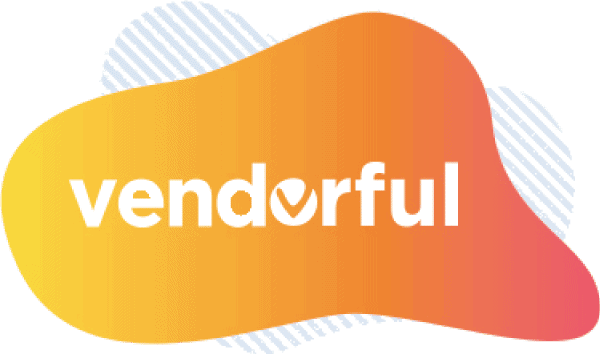The benefits of Reverse Auctions might seem obvious to many. That begs the question — why aren’t they more common? Perhaps the reluctance to use the stems from the myths that prevent organizations from recognizing how they can improve efficiencies, save money, and build better supplier relationships.
To that end, we’ve run down a list of the biggest myths surrounding the Reverse Auction process below and provided some information that, we hope, will increase your comfort level.
1. Reverse Auctions can only be used for procurement in the private sector.
Not true. In fact, federal agencies are leading the way in the public sector when it comes to the adoption of real-time competitive bidding. As far back as 2012, the US government has awarded $1 billion in contracts. Establishing Reverse Auctions as a best practice has ultimately allowed public entities to save millions annually.
2. Reverse Auctions are only applicable for blue-chip companies.
Outside the public sector, Reverse Auctions may have seen broader adoption by larger organizations like Fortune 500 companies as a way to streamline their negotiation process. However, in recent years, small to medium enterprises have also begun to recognize both the value and applicability of such a process.
3. Reverse Auctions are expensive — shifting to this process will be costly.
Reverse Auction platforms are now available as a cloud-based service. This significantly lowers the overhead cost for a business. Following the software-as-a-service model, upfront costs are also reduced. The simplicity and intuitiveness of most platforms also ensure that there is minimal employee training involved. (And per myth #2, more competitively priced, easier-to-use tools have made Reverse Auctions a practical consideration for organizations of all sizes.)
4. Reverse Auctions can only be used to procure commodity goods — they can’t be used to purchase services.
Both goods and services can be effectively purchased following a Reverse Auction negotiation process.
There’s a misconception that services aren’t ideal for the Reverse Auction process given that services typically have dynamic quantities and requirements. Broadly, that may be true, but it doesn’t mean that Reverse Auctions should never be considered when contemplating a service. Indeed when the scope of service can be clearly defined, a Reverse Auction may well be the best approach. It helps organizations determine fair pricing from potential suppliers, which ultimately helps reduce costs.
5. Reverse Auctions are detrimental to the buyer-supplier relationship.
In any business, maintaining good working relationships is key. This is perhaps the biggest reason why companies are so reluctant to use Reverse Auction platforms. The assumption is that given how Reverse Auctions pit suppliers against one another and generate downward price pressure on the supplier, the process can put a strain on your business’s relationship with potential suppliers.
However, no other platform can provide the level of transparency that Reverse Auction models offer. No other negotiation tool can benefit both purchasers and suppliers and support a fair, open bidding process. Quite simply, Reverse Auctions can actually help enhance trust and credibility. And by “negotiating in real-time,” all of the suppliers save valuable time, which they can leverage more productively. (Interestingly enough, just yesterday, a supplier reached out to us and inquired about how he could find more reverse auctions in which his company could compete. “We do really well there,” he said. “We’ve got a great supply chain.”)
6. Reverse Auctions put too much focus on price.
It’s typical to assume that the lowest bid in Reverse Auction events always wins. However, businesses aren’t bound to choose the cheapest offer. There is other critical information that eSourcing platforms can provide so businesses can weigh the cost against other factors such as past performance, supplier capabilities, support, and quality assurance.
Identifying these long-standing myths about Reverse Auctions and dispelling them is your first step towards tapping a beneficial platform for both your company and your suppliers.
Not using an eSourcing platform or stuck on a hard-to-use system? Contact us to find out more about what Vendorful can do for your business.
